Keeping your restaurant running smoothly is a mammoth task. There are many moving parts that constantly require your attention and things can go awry at a moment’s notice.
Don’t worry, though—we’re here to help.
In this blog post, you’ll find five best practices for effective restaurant operations that will allow you to make the most of your staff, inventory, and finances.
For starters, you can’t really expect optimal efficiency if everyone on staff does things their own way, can you? That’s why you need a restaurant operations manual.
Table of contents
- Create a Restaurant Operations Manual
- Equip Your Staff With the Right Technology
- Manage Your Restaurant’s Supply Chain
- Keep Track of Your Restaurant’s Inventory
- Streamline Your Accounting Process
- Conclusion
Create a Restaurant Operations Manual
In a restaurant, just like in any other modern workplace, employees interact and carry out diverse tasks every day.
And just like in any other workplace, when all of this activity is unstructured, mistakes are bound to happen, more often than you might think.
And that applies to every industry. One study concluded that as many as one in five employees has made a “critical mistake” at their work.
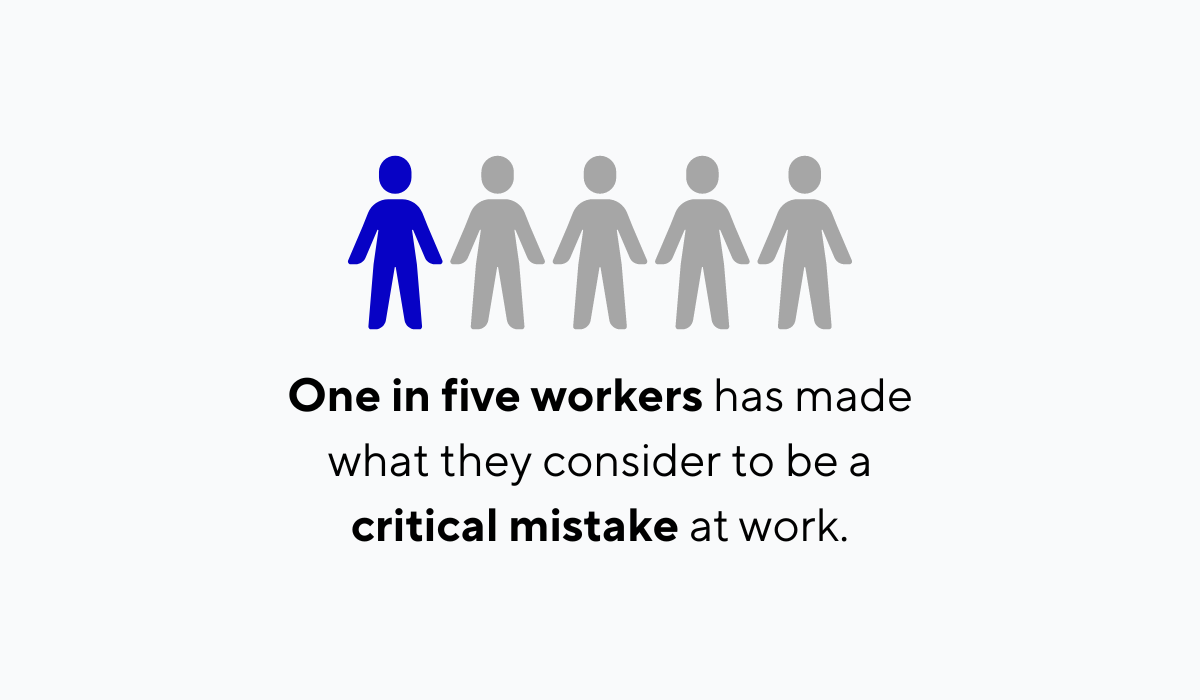
Illustration: Tablein / Data: The Independent
Now, in the hospitality industry, the consequences of such mistakes can be pretty dire, considering the nature of this kind of work.
For instance:
- Improper handling of food can endanger the health of guests
- Mishandling kitchen tools and equipment can result in injuries and damage
- Inappropriate interactions with guests can lead to customer loss or even legal action
A restaurant operations manual can prevent all these situations and minimize the occurrence of mistakes by codifying tasks into standard operating procedures (SOPs) that everyone needs to follow.
In that regard, your training manual can contain chapters that deal with the following:
- The concept of the restaurant and its unique approach to food and service
- Company policy (including employment conditions, benefits, employee safety, human resources)
- Food safety, sourcing, preparation, disposal
- Guest service
- Cleaning and maintenance
The comprehensiveness of your operations manual is up to you, of course.
You can leave it bare-boned to make your rules easy to follow and applicable in a wide variety of everyday situations, which is a good practice because restaurants are dynamic places where decision-making often needs to be fast.
On the other hand, you could ensure this resource covers every possible scenario, and introduce procedures that will constitute your restaurant’s signature experience.
That’s how the greats do it, anyway.
For example, star chef and restaurateur David Chang is famously particular regarding restaurant operations.
Have a look at the level of detail in his guidelines for servers to see what lengths restaurateurs are prepared to go to when creating the perfect dining experience:
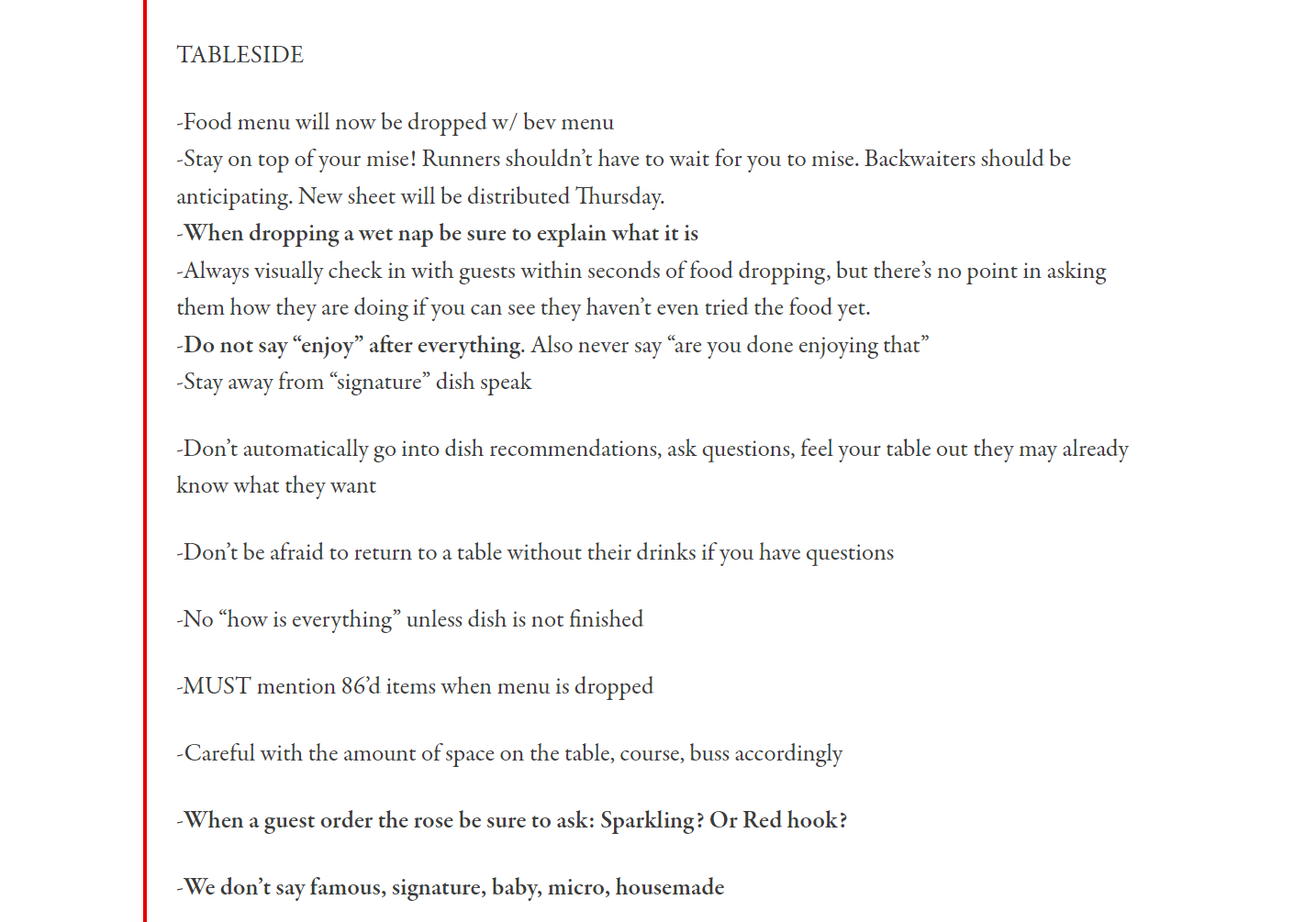
Source: Eater New York
As you can see, each interaction is meticulously planned out, down to the phrases servers should and should not say to guests.
For instance, at Chang’s restaurants, you won’t hear generic buzzwords when food is presented, nor will the waiting staff pester you with status update requests during your meal.
This gives the dining experience a signature feel and sets it apart from others.
Restaurants are, understandably, chaotic places where a lot can go wrong.
However, when tasks, procedures, and interactions are standardized in the form of a restaurant operations manual, every evening is much more likely to flow smoothly and elegantly.
Equip Your Staff With the Right Technology
Modern software tools can make work easier for restaurant staff, so if you really want to level up your operations, it might be time to go digital in certain areas. Here are three tools to consider.
Point of Sale (POS) System
In the most basic sense, your POS system represents a way for you to receive and record payments in your restaurant, which means every restaurant should have one.
The system enables you to input your menu and service items, produce bills for them, acknowledge payments, and track your sales.
Here’s what Lightspeed’s POS system looks like, to give you a reference:
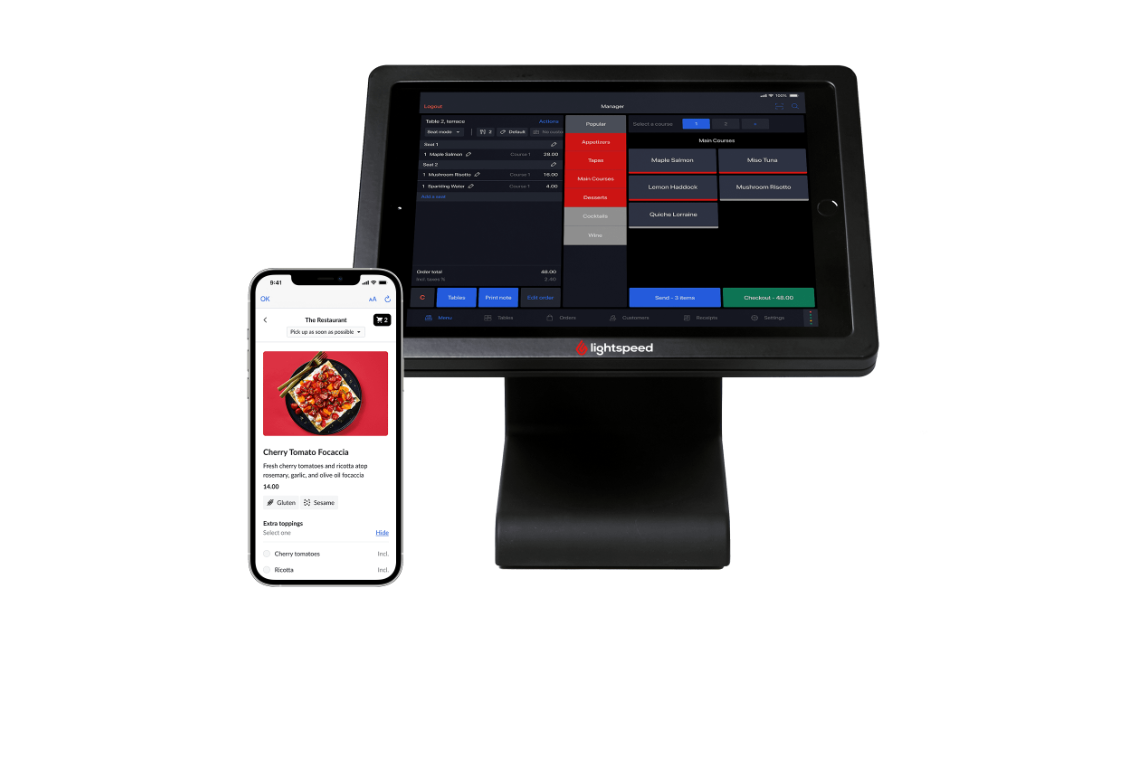
Source: Lightspeed
The more advanced systems also feature handheld devices for your serving staff, allowing them to take orders which are automatically recorded in the central system and relayed to the kitchen.
That way, a good POS system allows you to run your business smoothly, while also enhancing and accelerating the work of your staff.
Reservation Management System
Inefficient table reservations can make even the best restaurant lose out on revenue and leave its dining hall half-empty during the usual rush hour.
That’s because no-shows, double bookings, and lost reservations are likely to happen when there’s no automated system in place.
Reservation software such as Tablein provides an easy solution for this.
It places the reservation process squarely in the hands of the guests, who just need to go to your website and pick a date, hour, and party size (with other optional elements) for their visit.
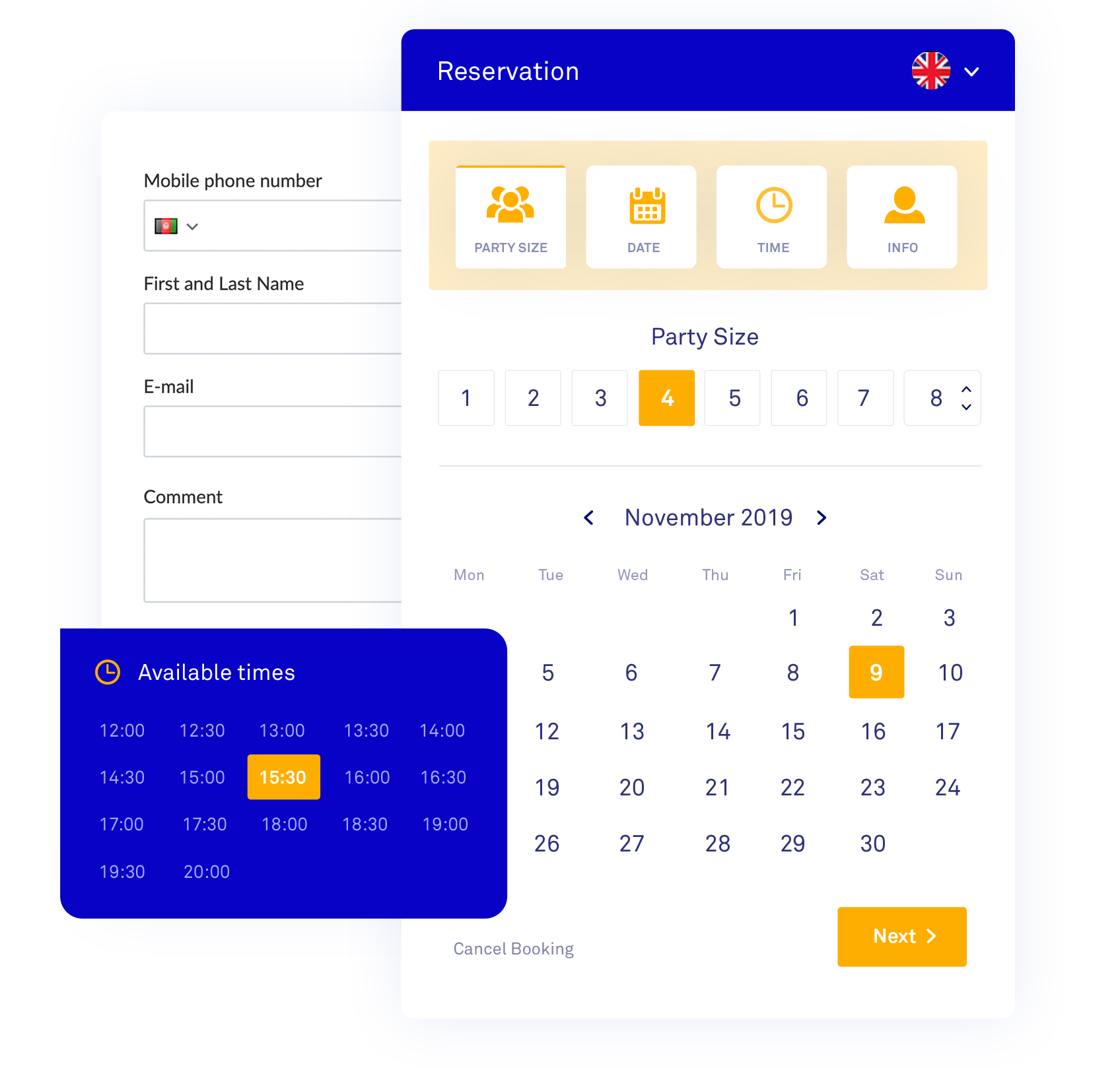
Source: Tablein
The reservation is automatically recorded and displayed on your end in a handy schedule format that lets you get a clear overview of your evening.
.png?width=1999&height=1133&name=image1%20(3).png)
Source: Tablein
That way, your staff will have to waste no time taking and organizing reservations, and the possibility of error will be reduced to a minimum.
This will give you smooth service and optimal table occupancy, meaning you’ll finally be able to get the most out of your restaurant’s potential.
These two technologies are just a sample of how making some of your restaurant operations digitized benefits your overall efficiency.
Manage Your Restaurant’s Supply Chain
Supply chain management is of the utmost importance for any restaurant, not just because it yields smooth operations but also because the quality of your supply reflects on the quality of your entire offer.
In fact, there are restaurants that base their entire concept on their suppliers.
For example, the Honest Burgers franchise in the UK developed its unique appeal by insisting on top-quality meat and sustainable farming practices from their beef suppliers.
Have a look at the video below to find out more.
Source: Honest Burgers on YouTube
Supplies can come from different vendors, and restaurateurs here have a choice on who they work with.
You can deal with local vendors for fresh ingredients as they do at Honest Burgers, and that’s always a good idea.
These small companies, farmers, and collectives can enhance your menu with the highest-quality ingredients.
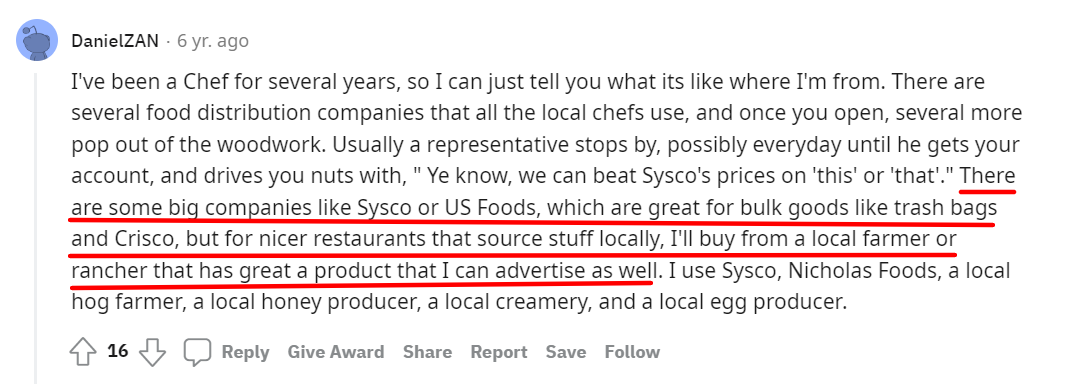
Source: Reddit
On the other hand, large vendors, as the Redditor chef above explains, are a better choice for bulk goods any restaurant needs (from salt and oil to cleaning supplies) because you can depend on them for a steady supply of goods you’ll need every day.
In any case, make sure you research any vendor you’re considering as a partner to ensure they’re reputable, dependable, and have quality merchandise.
You can do that by consulting with other restaurateurs and chefs in your area as well as by going online and checking out resources such as Google or Yelp to see how other businesses have fared with them.
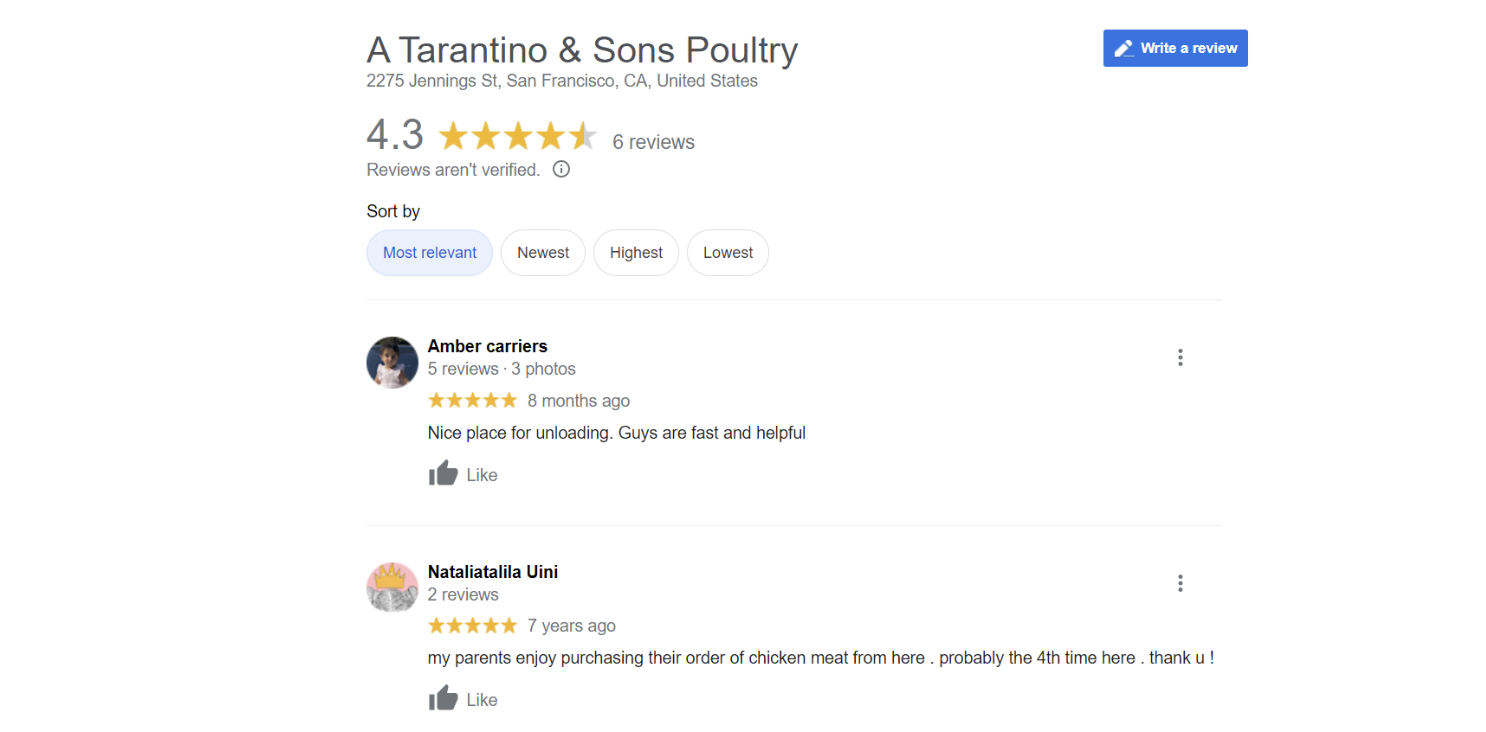
Source: A Tarantino & Sons on Google
The point here is that a robust supply chain combines the quality of local food vendors with the dependability of large companies to form the basis of your daily operations.
Restaurant owners can usually have their say in which suppliers they want to work with, so do your research, choose wisely, and work with more than one supplier you trust.
Keep Track of Your Restaurant’s Inventory
Inventory management is another element of efficient restaurant operations, one that many restaurateurs struggle with.
In today’s restaurants, research shows, half a pound of food is wasted for every meal served.
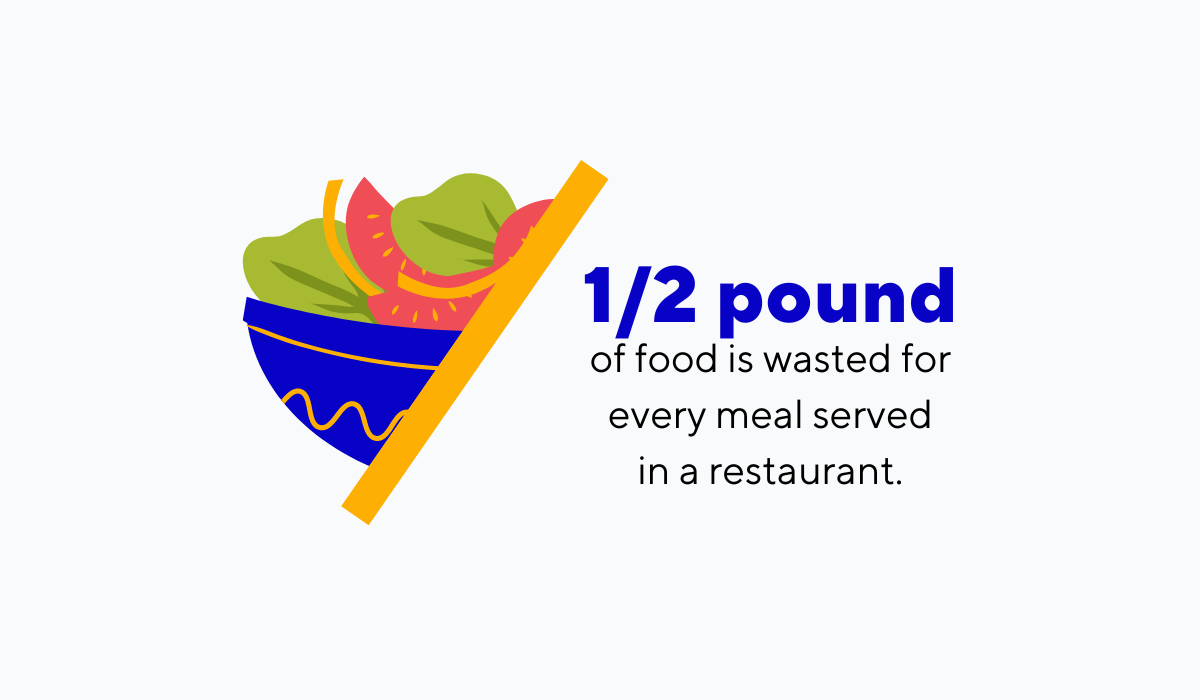
Illustration: Tablein / Data from: GreenBlue
Tracking your inventory can help you keep these numbers down and eliminate a lot of the food waste.
To do this successfully, you’ll need to combine your human resources with the power of technology.
The first element here is your staff. Remember our first point - having standard operating procedures? They come in handy here too.
You should always have the same team members count your stock, record how much inventory is available, and organize your pantry and freezers.
That way, you’ll reduce the chances of items getting lost or counted twice, making for more accurate inventory.
The second aspect is technology, or your inventory tracking system.
Solutions such as Oracle’s inventory management software work by connecting your point of sale (POS) to the inventory records kept by your staff to give you an exact real-time overview of what you have on hand.
That way, you can have a clear idea of when and how much new stock needs to be ordered to prevent food from spoiling.
Source: Oracle on YouTube
With this kind of precision, the system can also alert you of discrepancies in your inventory that point to food and materials being unnecessarily wasted or stolen so you can take action.
Of course, even with focused inventory tracking, some waste will still be created. How you deal with it is also a part of inventory management.
Here’s a great example.
The Garden Brewery in Zagreb, Croatia, has to deal with a lot of spent grain left over from the beer brewing process.
Instead of throwing it away, they decided to offer it to local poultry farmers as high-quality chicken feed.
In return, the farmers supply chicken for the brewery’s fried chicken restaurant, Full Circle.
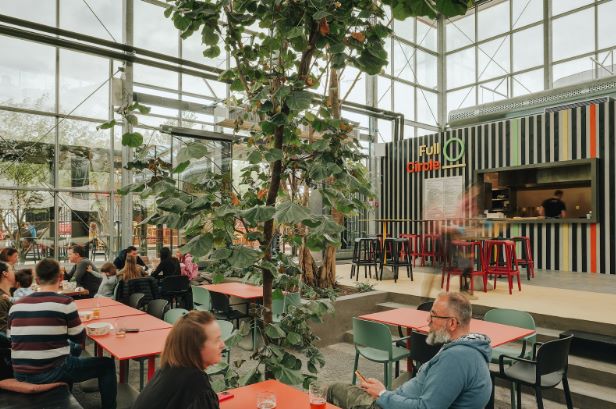
Source: The Garden Brewery
With a clear idea of what you’re working with and how fast your stock moves, you’ll be able to minimize food spoilage, theft, and waste, making your restaurant more efficient.
As for leftovers or byproducts, there are always options that will help you keep them away from the waste bin.
Streamline Your Accounting Process
No discussion about effective restaurant operations is quite complete without a word or two on finances and accounting.
The key to success here lies in your ability to compile real-time reports that will give you actionable insights into your restaurant’s performance.
That’s something that’s very difficult to do with manual bookkeeping because your inventory, sales, and expenses can’t be consolidated until the end of the month, once all the data is available.
That way, you only have an insight into the past months of your operations, and not the current state.
A better practice here is to use accounting software that integrates with your POS so your finances can become streamlined and paint the whole picture in real time.
Quickbooks is an excellent product in that sense.
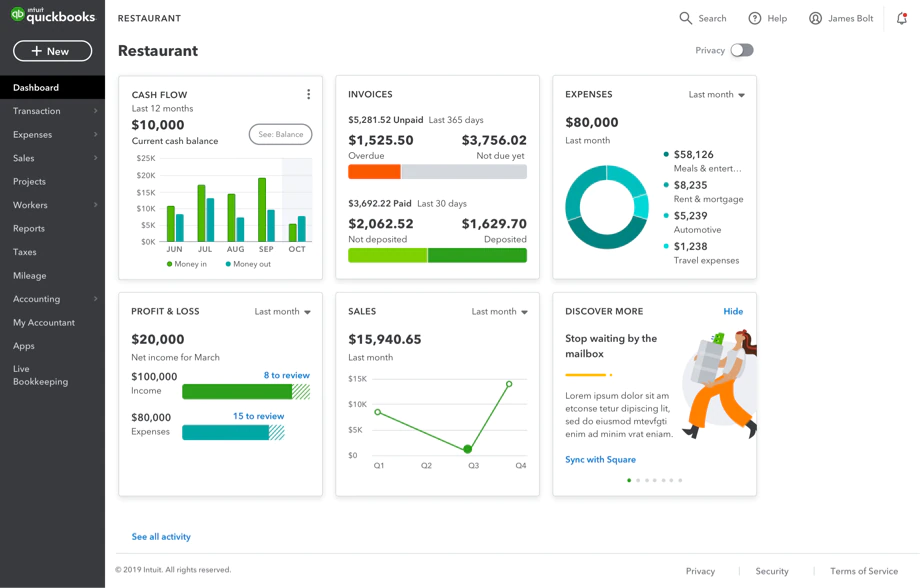
Source: Quickbooks
It allows you to instantly know how you’re performing with up-to-date data on cash flow, income and expenses, current sales, and so on.
So, for example, if you notice that you’re underselling a particular item in the current month (thanks to the data from your POS), that could indicate this item is losing popularity among your customers.
This insight can then lead you to procure smaller quantities of the ingredients for this dish, and therefore prevent food from spoiling and going to waste.
And just like that, you’ve made a small improvement that positively affects your finances, as well as your inventory management practices.
Diligent bookkeeping is extremely important for healthy operations.
However, thanks to modern accounting solutions, you don’t have to devote as much time to this task as restaurant owners did in the past.
More importantly, you are able to have a clear understanding of your restaurant’s operations in real-time.
Conclusion
In this article, we’ve shown you five different practices you can integrate into your day-to-day to make your restaurant’s operations more effective than ever.
Your success in this matter depends on the competence of your staff, the quality of your inventory, and the up-to-dateness of your technology.
You can start making small changes and implementing our proposed solutions gradually, and you should see less waste, more revenue, and more satisfied customers over time.
Get a 30-day Exclusive Trial
As a Tablein blog reader, you’re eligible for an exclusive 30-day free trial to experience our simple reservation solution for your restaurant.
Enter your business email, and we’ll send you all the steps needed to create your account.
Share this
You may also like

6 Key Benefits of Having a Restaurant Reservation System

How to Improve Your Restaurant Reservation Management
